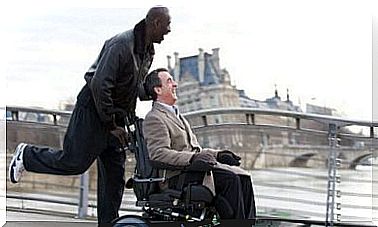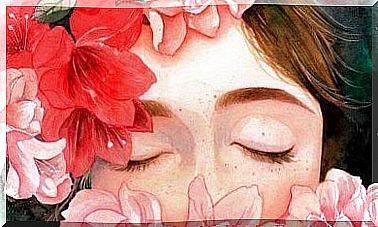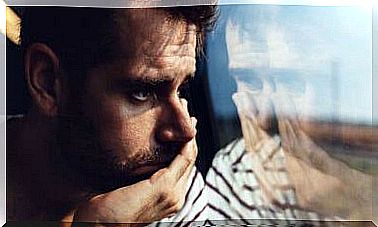Self-destructive Adaptation – To Normalize Pain

It usually hurts to stick a finger on a thorn. But what happens when you do not pull it out? You know it’s sitting there and yet the pain is different now. So much so that you can even hold it there for a while before you finally decide to pull it out. This is exactly what self-destructive adaptation is all about in human relationships.
People can normalize suffering in striking and unexpected ways. In addition, most people do not know how great their innate ability to adapt is. In fact, it is possible to appreciate this in work environments. For example, when people spend decades in a position where their rights are trampled on. Maybe one where they have to put up with harassment.
Do people tolerate this treatment for the sake of pay? It can be so. However, self-destructive adaptation often goes beyond the economy. People often stay in the degrading position because “it is as it is”. After all, “work is so unbearable that they even pay you to do it.” With this type of verbalization and excuses, a person thus adapts without feeling the importance of the psychological fracture that this entails.
Self-destructive adaptation goes beyond mere masochism and is part of different realities that are worth becoming aware of.

Self-destructive adaptation – normalization of what hurts you
Psychology has studied this phenomenon for many years. It can be quite shocking and inexplicable from an outsider’s perspective. Self-destructive and unregulated behaviors can only be understood from one point of view: one where a person gets something back.
For example, all addictive behaviors, such as the use of alcohol or drugs, are harmful. However, a person gets pleasure in return, so it turns into a self-destructive addiction. The same applies to situations of self-harm. In this case, physical pain acts as an outlet for emotional pain.
So what is the explanation behind a person who stays in an unhappy relationship? Why do they stay even though their partner continually betrays them? What are the benefits for someone who stays in a job they hate?
The self-destructive personality
You need to look at the basics to understand the causes behind self-destructive adaptation. In other words, take a look at the human personality. It may surprise you that there is a personality profile that focuses on these self-harming methods, to such an extent that they are normalized. Theodore Millon, a pioneering psychologist in personality research, was the first person to talk about this:
- The self-destructive personality seeks the same kind of harmful relationships over and over again.
- They are drawn voluntarily towards people who deceive and let them down.
- They normalize addiction because they follow their relationships in an absolute addiction.
For Theodore Millon, self-destructive adaptation was often a trait of borderline personality disorder.
Masochistic personality
There is another type of behavioral pattern beyond the self-destructive personality: the masochistic personality. This is already part of a specific clinical category: masochistic personality disorder (self-defeating personality disorder).
In a study conducted by Dr. Otto Kernberg, he defined some of its characteristics:
- First, they devalue themselves all the time.
- They seldom take into account their own needs.
- They do not seek to engage in enjoyable activities.
- Individuals sacrifice to the utmost to help others.
- They have a tendency to normalize (and even seek) experiences of pain and suffering.
- They refuse to get help, in fact, they tend to be intimidated by anyone who treats them with respect.
When pain is the only thing you have ever felt
Seeing how someone tolerates pain to unexpected limits is always just as upsetting to people around them. However, we must understand them before we judge them.
For example, imagine a person who has been physically and mentally abused throughout his or her childhood. This is a person who at an early age has learned that love is sometimes accompanied by humiliation. They believe that everyone who loves also hurts.
Something like this clearly explains why many people tolerate pain and do not shy away from it.

Self-destructive adaptation and the fear of change
“Who will ever love me if I leave this relationship?” “What should I do if I resign from my job? There are no other opportunities for me out there. ” Man’s resistance to change is a factor that most of us often forget. However, there are times when it is so pathologically ingrained that it impairs one’s potential and well-being.
In these situations, the fear of change is more frightening than anything else you can experience. Self-destructive adaptation tends to normalize pain and humiliation and in the end there is no other way to live. In these situations, it is important to always have a good support network.
Breaking the routine of self-destructive adaptation requires a healthy self-esteem. You also have to create a distance from which you can see what is happening, from the outside. It is important to have someone who can help you. However, it all depends on oneself. It is your own decision and should be your own conviction not to tolerate the unacceptable because you do not deserve it.









